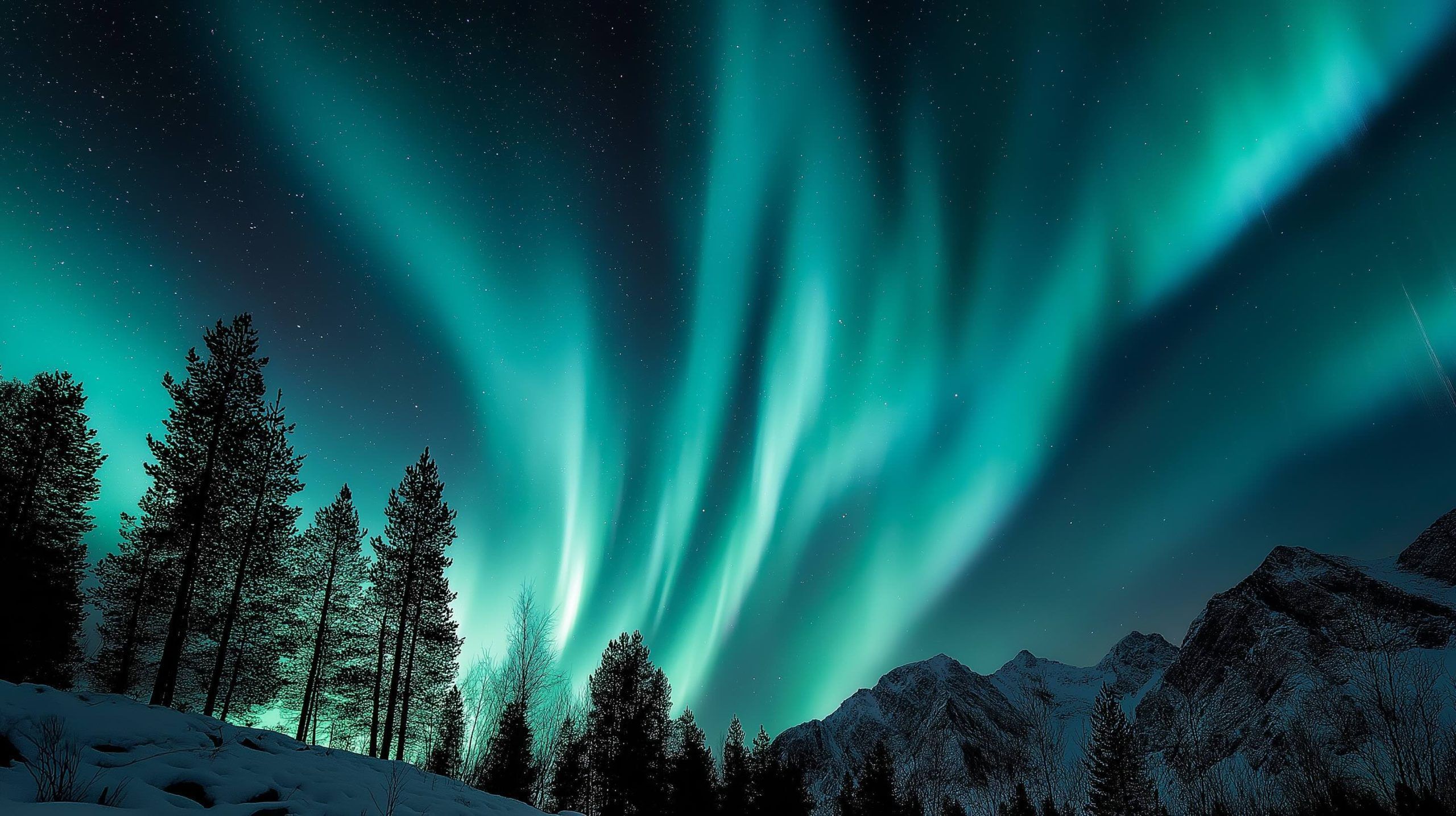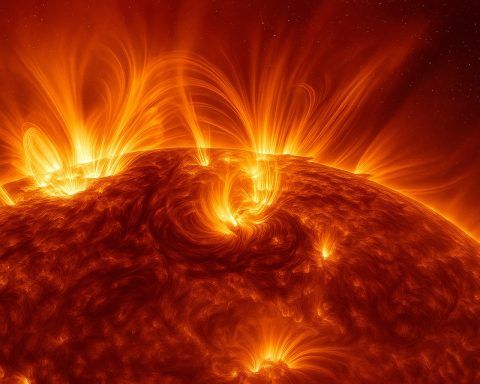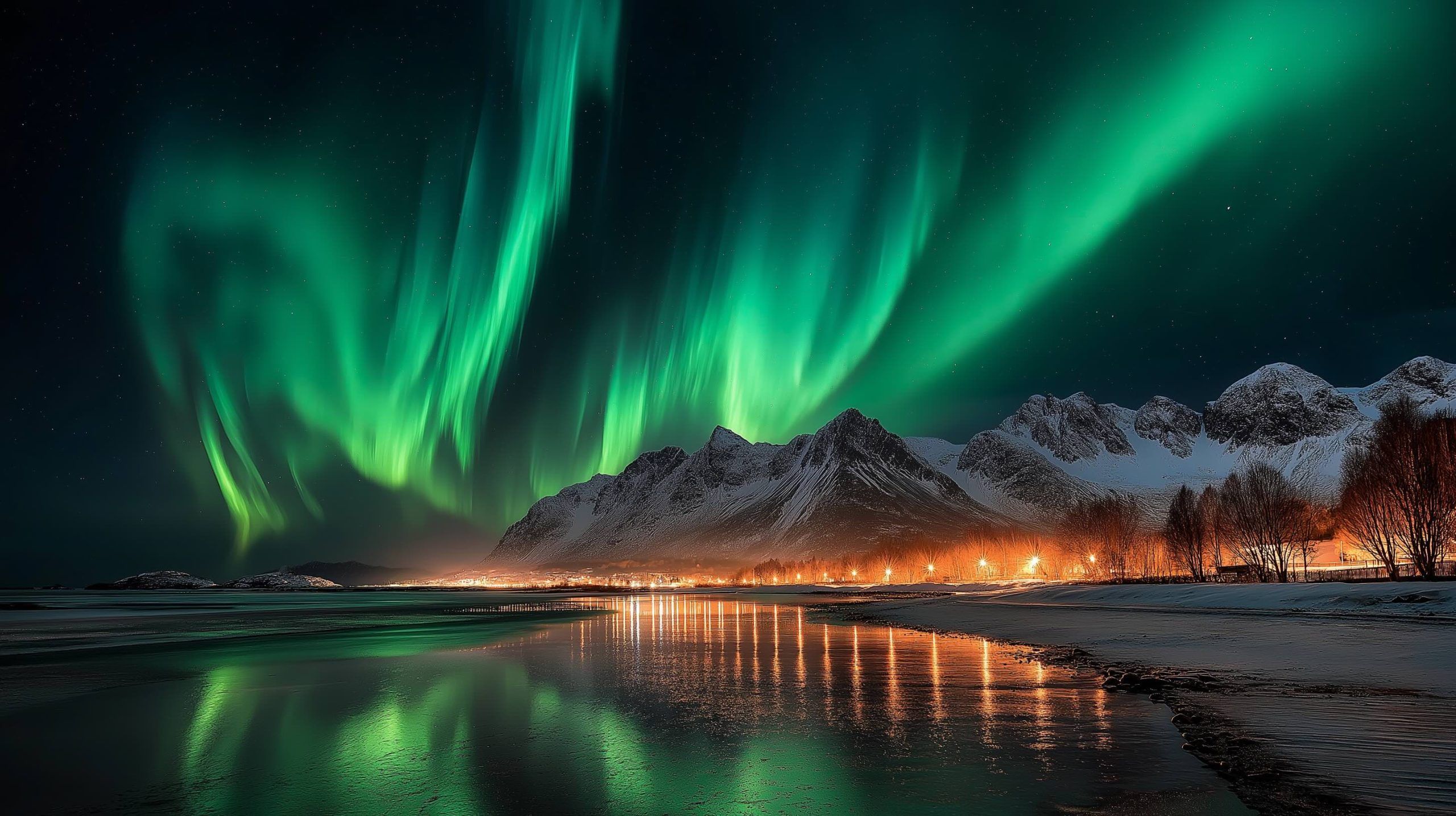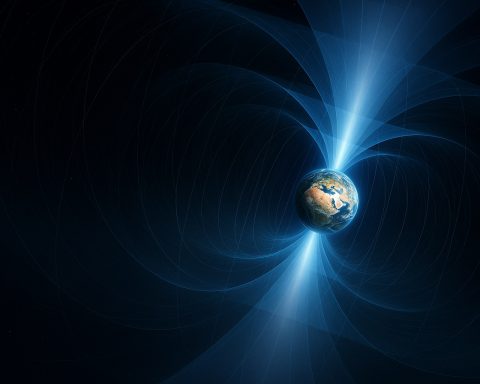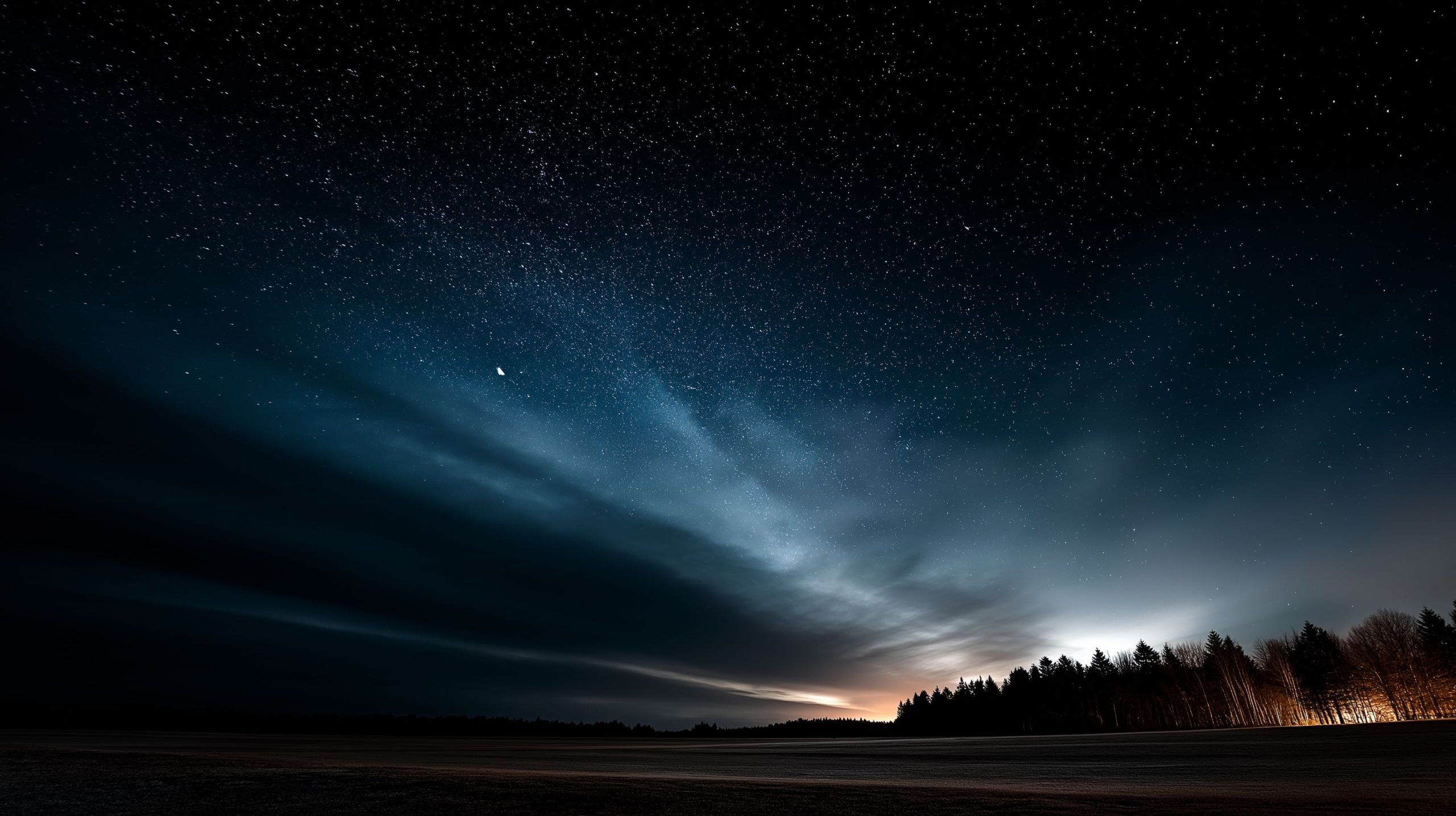Key points
- NOAA confirms G4 (Severe) geomagnetic storm levels were reached at 01:20 UTC on Nov. 12 (8:20 p.m. ET on Nov. 11). Auroral activity is expected to continue. [1]
- Forecasters issued watches covering Nov. 11–13, with G4 potential for Nov. 12 driven by multiple coronal mass ejections (CMEs) launched since Nov. 9. [2]
- After a dazzling Tuesday night, reports stretched unusually far south — including Florida and the Mississippi Gulf Coast — and the glow may return tonight if storm strength holds after dark. [3]
- An X5.1-class solar flare from active region 4274 on Nov. 11 helped set the stage for tonight’s display. [4]
NOAA: Severe storm confirmed, more to come
The National Oceanic and Atmospheric Administration’s Space Weather Prediction Center (SWPC) reported that G4 (Severe) geomagnetic storm conditions were observed at 01:20 UTC on Wednesday, Nov. 12 (8:20 p.m. ET Tuesday). The agency says geomagnetic activity is expected to continue into the night. [5]
SWPC placed Geomagnetic Storm Watches for this multi-day event: G2 (Moderate) for Nov. 11, G4 (Severe) for Nov. 12, and G3 (Strong) for Nov. 13, tied to a train of CMEs that erupted from the Sun between Nov. 9 and early Nov. 12. [6]
A subsequent update early Wednesday underscored that storm levels could range from G1 to G4 through the overnight, meaning another round of auroras is plausible if conditions remain favorable. [7]
How far south did the aurora reach — and where might it appear tonight?
The storm delivered an eye-catching show across North America on Tuesday night. A WRAL meteorologist reported photo submissions “from as far north as Nova Scotia to as far south as Florida,” while a Mississippi station documented northern lights over South Mississippi, a rare sight on the Gulf Coast. NOAA also highlighted images from northeastern Colorado. All of this points to unusually low-latitude visibility for the aurora during this event. [8]
Whether you’ll see it tonight (Wednesday) hinges on timing. SWPC expects continued CME effects, but one of the faster, stronger impacts was projected around midday — so visibility after sunset depends on the storm maintaining intensity into the evening hours. If it does, viewing could again extend well beyond the northern tier. [9]
For an at-a-glance view of potential visibility, SWPC’s Aurora Dashboard and Aurora Viewline (Experimental) provide near‑real‑time maps and short‑term projections. [10]
Best practices for seeing — and photographing — the northern lights
- Find dark skies and a clear northern horizon. Light pollution will wash out faint displays. [11]
- Use your phone’s Night Mode or long exposure. WRAL suggests setting smartphone exposure to around 10 seconds; local forecasters on the Gulf Coast say long exposures reveal colors invisible to the naked eye. A tripod helps. [12]
- Be patient. Auroras can pulse and fade; step away from bright lights to let your eyes adapt. (General guidance)
What’s driving the storm?
The Sun has been active for days. On Nov. 11 at 10:04 UTC, active region 4274 unleashed an X5.1-class flare, among the strongest of this solar cycle, accompanied by Earth‑directed CMEs. Combined with earlier eruptions since Nov. 9, that barrage is now interacting with Earth’s magnetic field, producing strong to severe geomagnetic conditions. [13]
Possible impacts: pretty skies, practical effects
Severe geomagnetic storms don’t just paint the sky; they can also induce currents in power systems, prompting grid operators to manage voltage and, in rare cases, triggering protective device alarms. They can degrade high‑frequency radio, affect satellite operations, and introduce navigation (GPS) errors, especially at high latitudes. SWPC’s official scales explain impacts by level — G1 through G5 — similar to the way hurricane categories convey severity. [14]
Bottom line
- Auroras may return tonight (Nov. 12) if storm strength persists after sunset.
- Check sky conditions (clouds matter) and SWPC’s Aurora Dashboard before heading out.
- Look north from a dark site, and consider long‑exposure settings for your camera or phone for the best chance at capturing the glow. [15]
Updates: This article reflects information available as of Nov. 12, 2025 from SWPC and U.S. meteorologists. For the latest overnight status, consult SWPC’s alerts and aurora tools. [16]
Sources: NOAA/NWS Space Weather Prediction Center updates and tools; WRAL meteorology reporting; WLOX Gulf Coast coverage. [17]
References
1. www.swpc.noaa.gov, 2. www.spaceweather.gov, 3. www.wral.com, 4. www.swpc.noaa.gov, 5. www.swpc.noaa.gov, 6. www.spaceweather.gov, 7. www.spaceweather.gov, 8. www.wral.com, 9. www.wral.com, 10. www.swpc.noaa.gov, 11. www.wral.com, 12. www.wral.com, 13. www.swpc.noaa.gov, 14. www.swpc.noaa.gov, 15. www.swpc.noaa.gov, 16. www.swpc.noaa.gov, 17. www.swpc.noaa.gov









